In the testing center in Hollenbach, fans are pushed to their limits and beyond with real-life environmental influences. New products, sizes or components pass through the test stations in a total of six test fields over an area of approximately 2,500 square meters. In this series, we take a closer look at each of these test bays. The first of these test fields deals with vibration and shock loads.
In the customer’s application, some fans still travel a long way – for example, by truck, train or container ship to their final destination. The product is continuously exposed to vibration and, in some cases, shock loads during this process. Depending on the type and duration of the load, this can affect the service life of the fan – before it ever starts operation at the site. The ebm-papst testing center has the test field for shock and vibration to find out how these loads can affect the fan and how this can be prevented.
Shock and vibration
Erich Kemmer and his colleague Haris Huseinovic examine the stations of the vibration test with two current test specimens.
If it hums and rumbles
In the vibration test area, the employees of the testing center mount fans and ventilators on the test benches. These emit vibrations of varying strength and duration to the product, which can occur in real use during transport or loading. The system automatically regulates the amplitude and frequency of the vibration.
In the shock test area, more force is applied: Here, the test bench directly applies individual shock pulses to the test specimen mounted on it. The strength, length and number of shocks are controlled by the test bench itself according to a standardized schedule.
Mr. Kemmer, how does a shock load occur in real-life use?
Exclusive insights into all test fields
Learn more about how ebm-papst puts fans to the test in the individual test fields. Each article with exciting insights, videos and pictures!

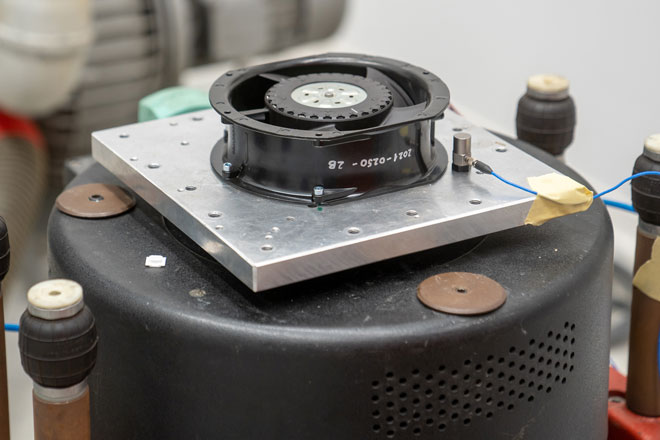
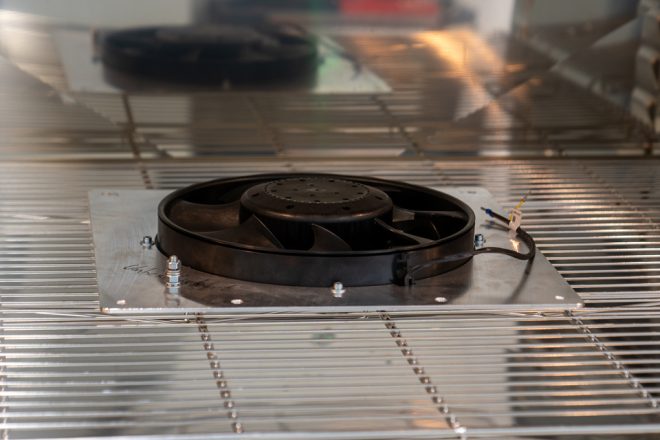
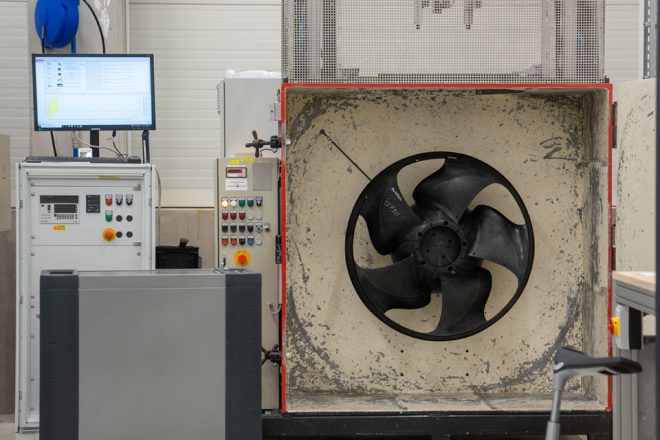
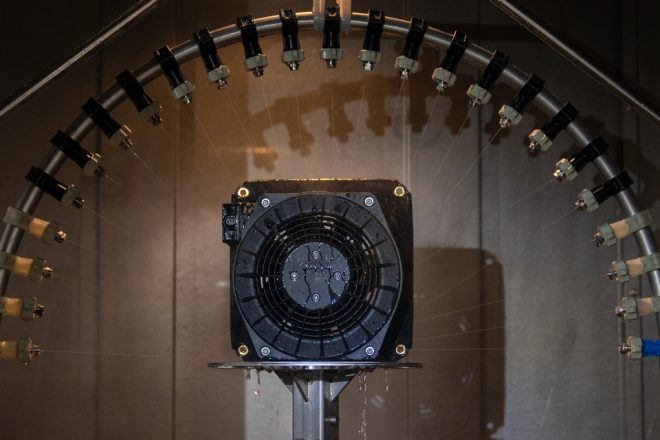

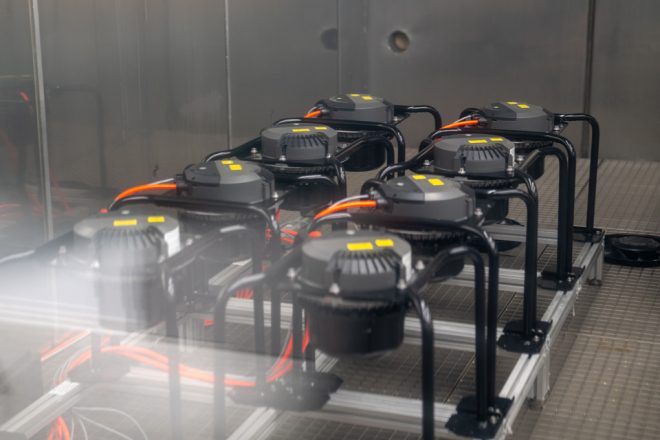
Leave a comment